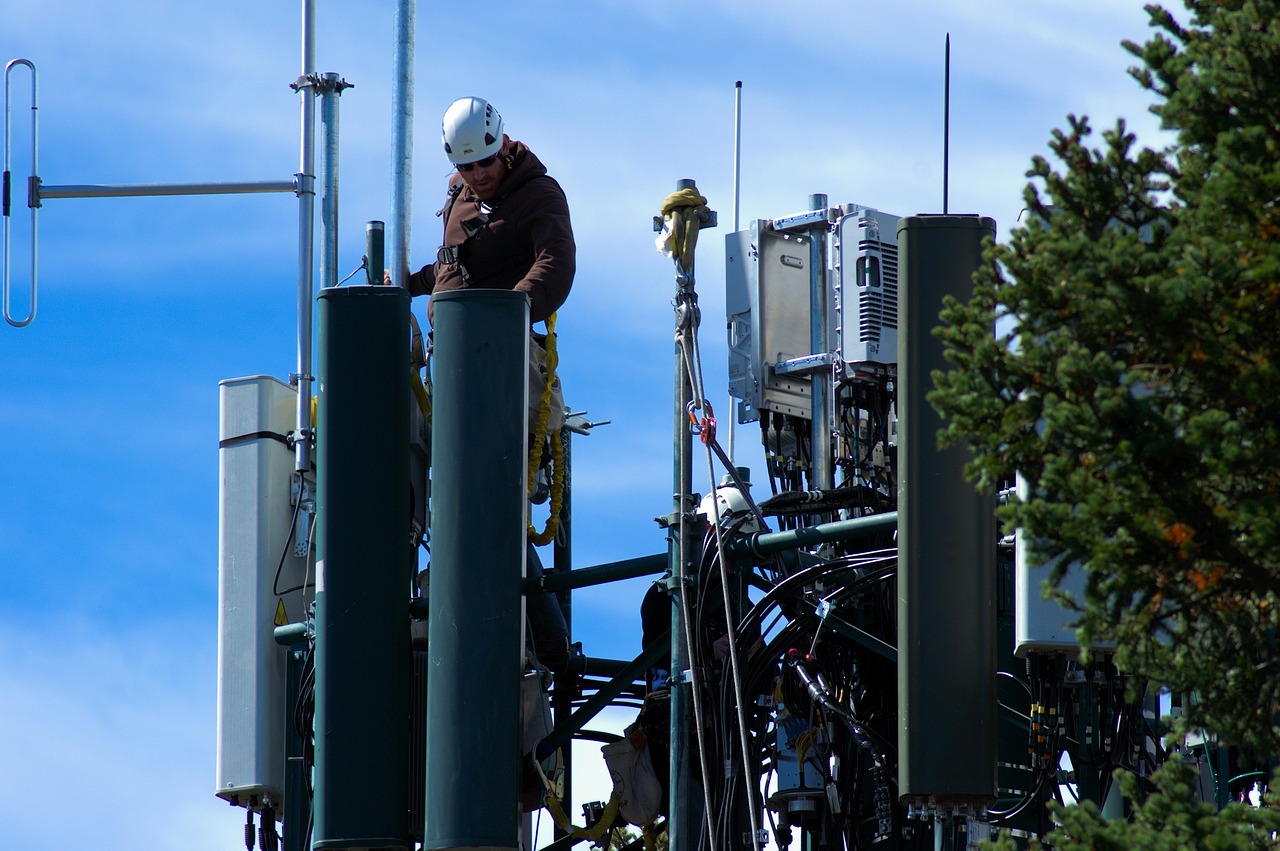Living in a rural area can provide a peaceful and secluded lifestyle, but it can also pose challenges when it comes to finding reliable and affordable internet. Many internet service providers (ISPs) do not offer services in rural areas or charge high prices for subpar internet speeds. However, there are steps you can take to find reliable and affordable internet in rural areas.
1. Research Available ISPs
The first step to finding reliable and affordable internet in rural areas is to research the ISPs available in your area. This can be done by checking online or contacting local providers. Take note of their prices, plans, and internet speeds, and compare them to find the best option for your needs and budget. Some ISPs may also offer discounts or special rates for new customers or for bundling services such as cable or phone.
2. Consider Satellite Internet
Satellite internet can be a good option for rural areas where other forms of internet may not be available or reliable. Satellite internet works by transmitting internet data to and from a satellite in space, which then transmits the data to a receiver on your property. While satellite internet can be more expensive than other forms of internet, it can provide reliable speeds and connectivity in rural areas.
3. Look into Fixed Wireless Internet
Fixed wireless internet is another option for rural areas that may not have access to cable or fiber internet. Fixed wireless internet works by transmitting a signal from a tower to an antenna on your property, providing you with internet connectivity. While fixed wireless internet may not offer the same speeds as cable or fiber internet, it can be a reliable and affordable option for rural areas.
4. Consider DSL Internet
DSL (Digital Subscriber Line) internet is another option for rural areas, and can be a more affordable option than satellite or fixed wireless internet. DSL internet works by using existing phone lines to transmit internet data, and can provide reliable speeds depending on the quality of the phone lines in your area. While DSL internet may not be as fast as cable or fiber internet, it can be a good option for those on a budget or with lower internet needs.
5. Check for Local Co-ops
Local cooperatives, or co-ops, are member-owned organizations that provide services such as electricity or internet to their members. Some rural areas may have co-ops that provide internet services at affordable prices. Check online or contact local co-ops to see if they offer internet services in your area.
6. Use a Signal Booster
If you have limited or poor internet connectivity in your rural area, a signal booster can help improve your connection. A signal booster works by amplifying the signal of your existing internet connection, providing you with faster speeds and stronger connectivity. Signal boosters can be purchased online or at electronic stores, and can be a cost-effective solution for improving your internet connection.
7. Negotiate with Your ISP
If you already have an ISP in your rural area, consider negotiating with them for better prices or internet speeds. Contact your ISP and inquire about any discounts or promotions they may offer, or discuss your current plan and see if there are options for upgrading your speeds at a reasonable price.
In conclusion, finding reliable and affordable internet in rural areas may require some research and creativity, but it is possible. Researching available ISPs, considering satellite or fixed wireless internet, looking into DSL internet, checking for local co-ops, using a signal booster, and negotiating with your ISP are all steps you can take to find the best internet solution for your needs and budget. While living in a rural area may pose challenges when it comes to internet connectivity, there are options available to help you stay connected and enjoy a seamless online experience.








